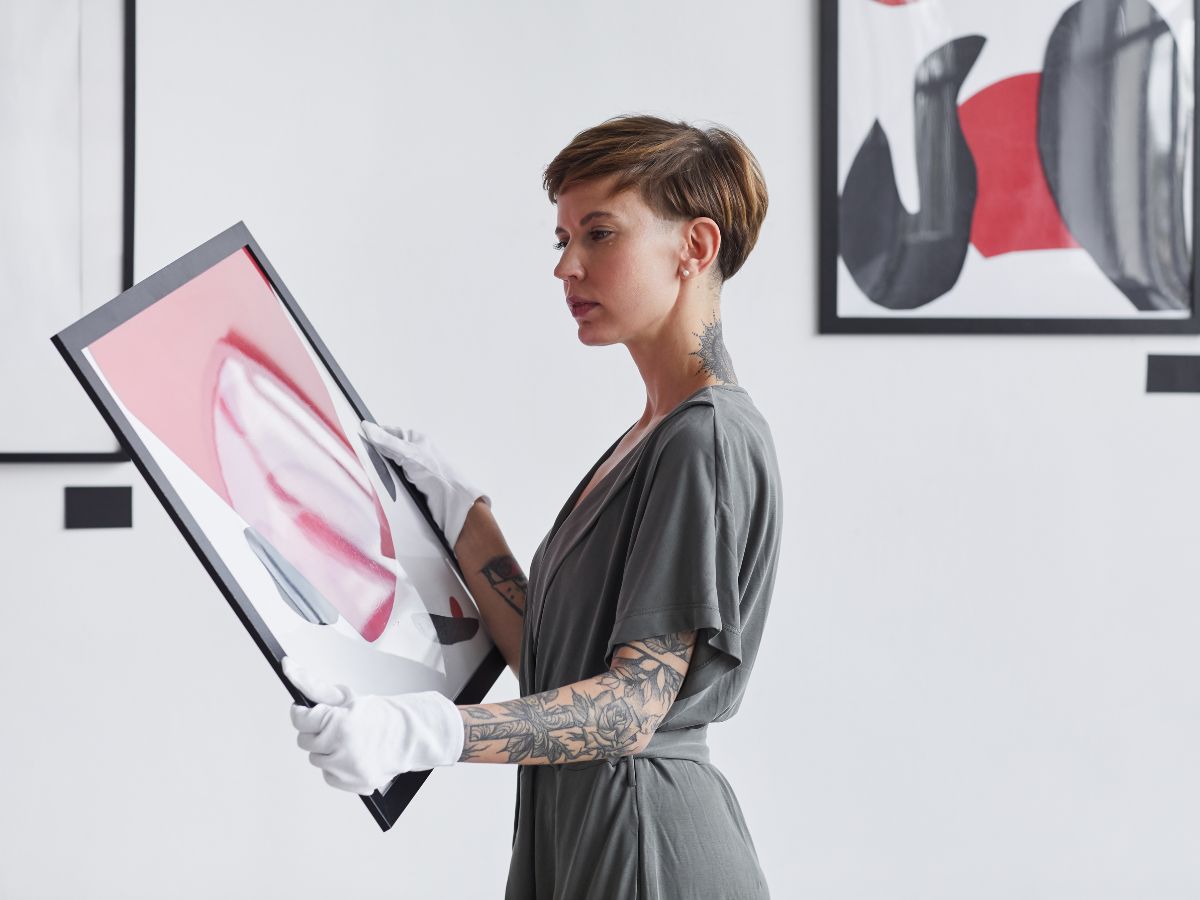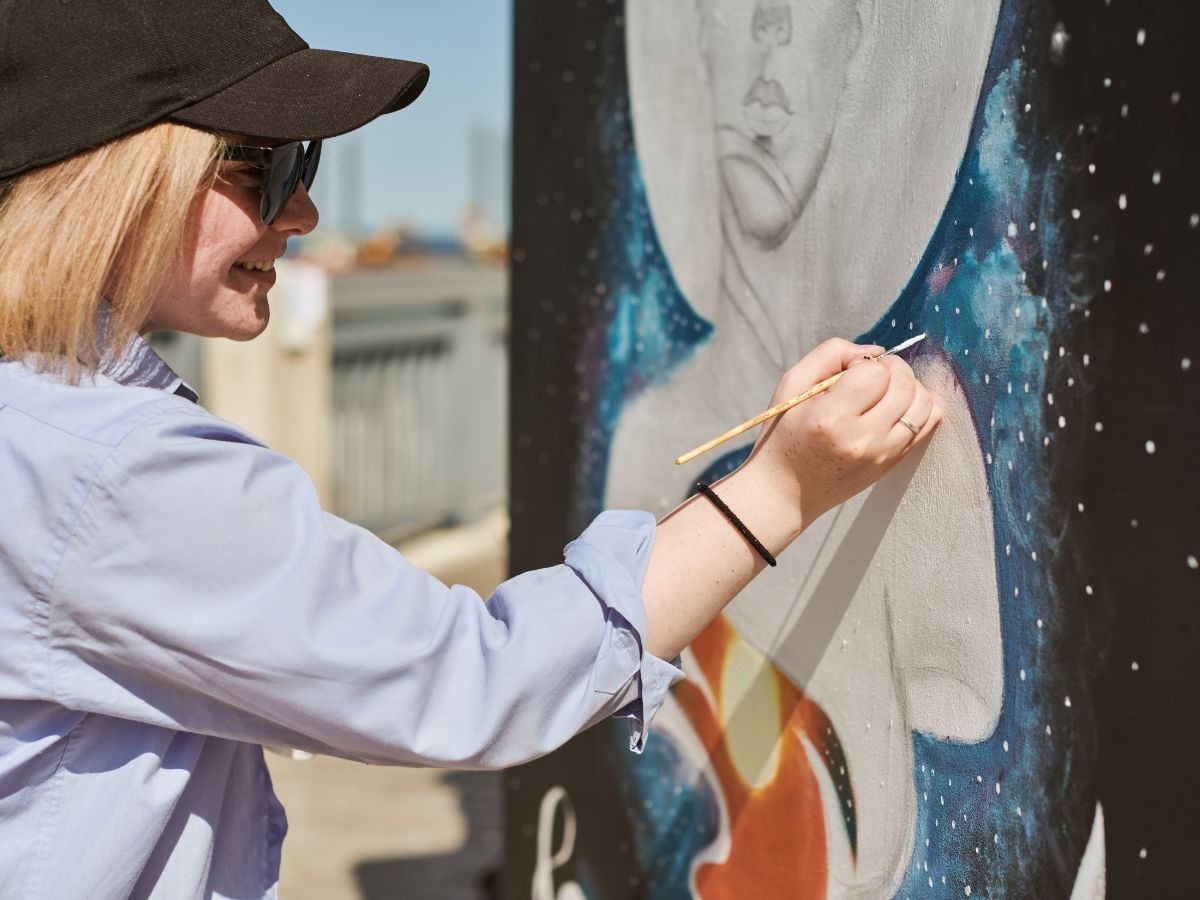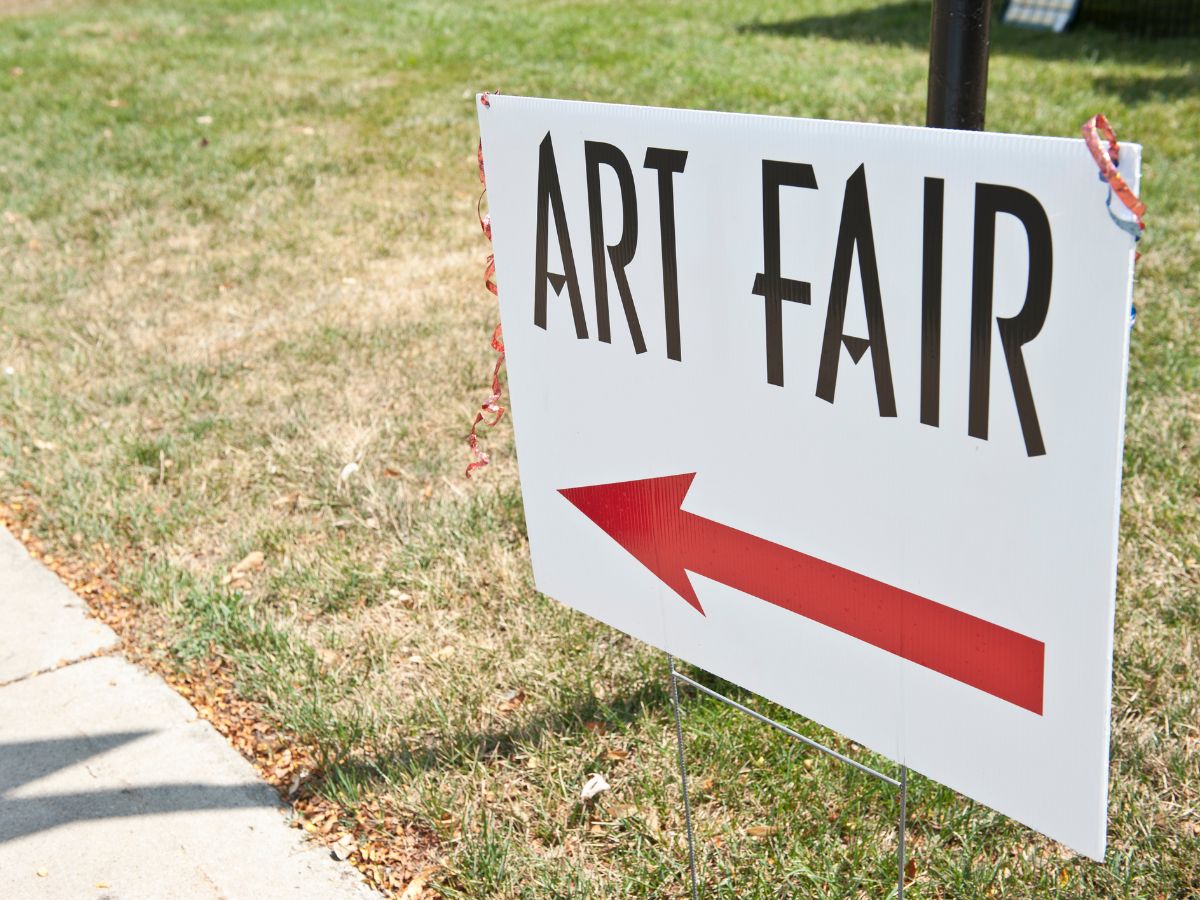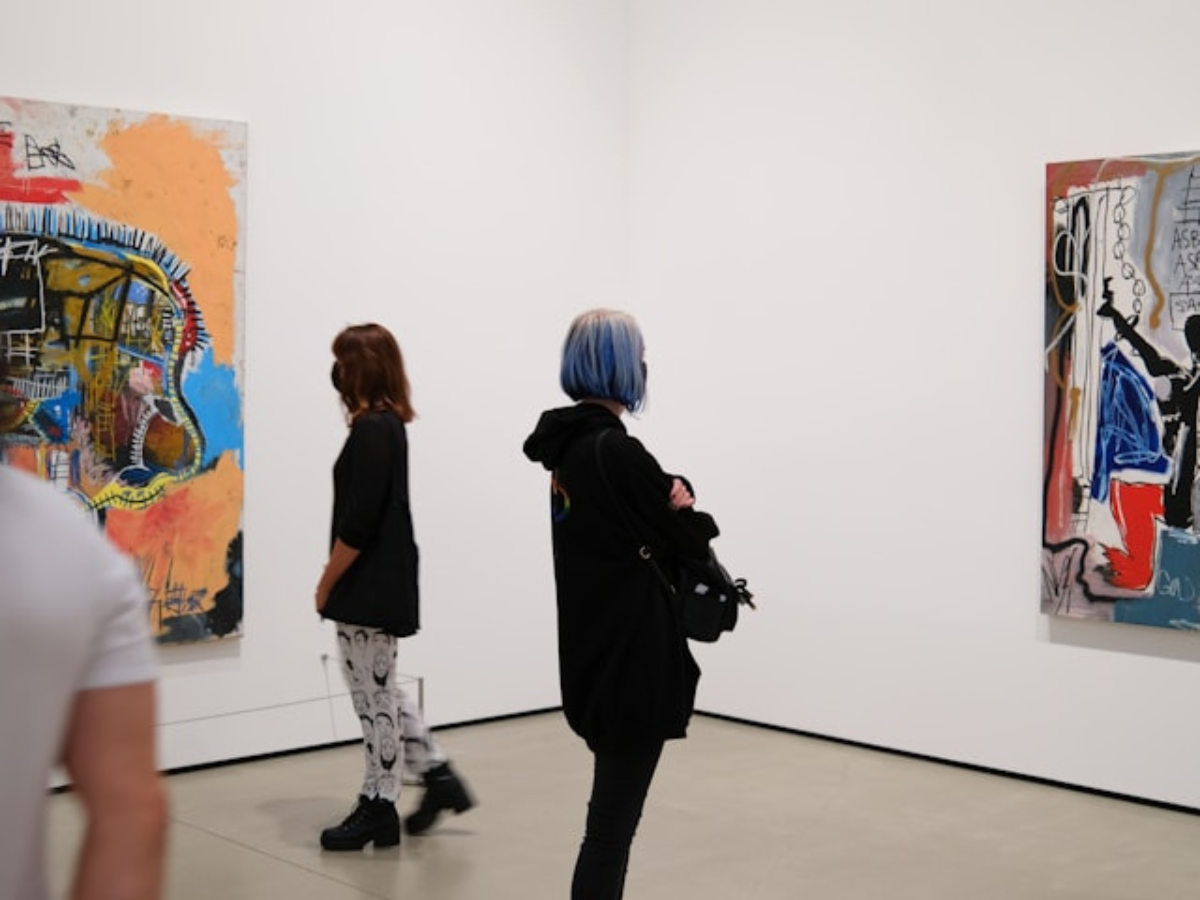
How to Price Your Artwork for Profit and Sustainability
Pricing your artwork appropriately is important for achieving both profitability and sustainability in your artistic career. Striking the right balance ensures that your art is accessible to buyers while adequately compensating you for your time, effort, and creativity. Here’s a guide to help you learn about this crucial aspect of your profession.








